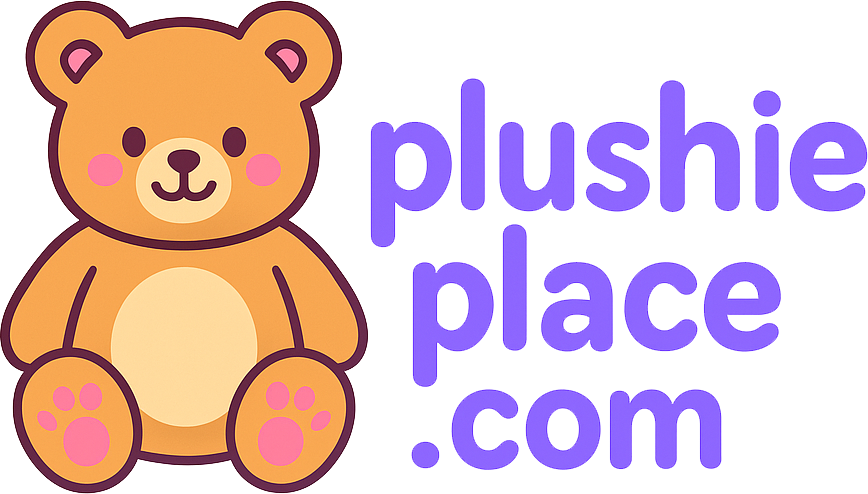The Role of Minimal Labels in Food Packaging

Food packaging is more than just a wrapper. It tells the story of what’s inside, helps build trust, and influences buying choices of plain cereal boxes. In recent years, many brands have adopted minimal labeling to keep things clean, honest, and clear for their customers. This shift is especially visible in natural and organic product packaging, where less often means more.
Building Trust Through Transparency
Minimal labels often focus on essential information. Instead of cluttering the package with flashy graphics or exaggerated claims, they tell customers exactly what they need to know. This approach builds trust. When people see simple, straightforward labels, they are more likely to believe that the brand is honest.
Transparency has become very important in today’s market. Many people now read labels before buying food. They want to know the ingredients, the source, and the nutritional value. Minimal labels support this behavior. With fewer distractions, consumers can easily spot the facts they care about.
The design of minimal labels also helps with this. These labels often use neutral colors, clean fonts, and clear layout. The focus is not on the packaging but on the product. This approach appeals to people who value authenticity. They prefer products that are simple, clean, and free from extra fluff.
In addition, brands that use minimal labels usually carry the same values across their business. They often use fewer artificial ingredients, less processing, and eco-friendly packaging. This further supports their image of being honest and natural.
Minimal labeling helps create a connection between the customer and the brand. It sets the tone that what you see is what you get. In the long term, this builds customer loyalty. People return to the brands they trust, especially when it comes to food.
Helping Shoppers Make Quick Decisions
Shopping for food can be overwhelming. The shelves are full of choices, and every product tries to grab attention. Minimal labeling cuts through this noise. It makes it easier for shoppers to find what they need without feeling overwhelmed.
With fewer words and cleaner designs, minimal labels give instant clarity. Shoppers can glance at the package and quickly decide if the product fits their needs. For example, seeing a short list of ingredients or a simple phrase like "organic oats" immediately informs the customer.
This quick communication is especially useful for busy shoppers. Parents, professionals, and students often don’t have time to compare dozens of options. They rely on clear, fast details to make smart choices. Minimal labeling supports this by removing the clutter.
Brands that use minimal labels are also helping reduce decision fatigue. When every product screams for attention, it’s hard to choose. A clean and simple design lowers stress. It makes the product look calm and trustworthy. This emotional effect can lead to better sales and stronger customer loyalty.
Even in competitive spaces, such as breakfast foods, a product with a clear and clean label stands out. For instance, when you see plain cereal boxes with neat, simple text, it gives a sense of purity and trust. You know what you're getting, and that’s what many people want.
Aligning with Natural and Organic Brand Values
Natural and organic brands are rooted in simplicity, honesty, and purity. Minimal labels perfectly match these values. Instead of loud designs or over-promising claims, they reflect what the product stands for — clean, healthy, and real food.
These labels often show only what matters. This could include the source of the product, whether it’s certified organic, or if it contains allergens. By focusing on only the most important details, the brand avoids misleading the consumer.
Minimal labels also reflect the lifestyle of the target market. People who choose natural and organic products often care about wellness, clean eating, and the environment. A minimalist design mirrors those priorities. It tells the consumer that the brand understands their values.
Additionally, these labels support the idea of less is more. Just like people want fewer ingredients in their food, they also want less waste and less noise in advertising. Minimal packaging sends a strong message that the brand is conscious and cares about more than just profit.
The design of the label is also very important. Earth tones, clear fonts, and recycled materials all help build a natural image. When the outside matches the inside, the brand feels authentic.
Consumers can sense when a product is being honest. Minimal labels help deliver that feeling. They make the product feel safe, clean, and in line with the values of natural living.
Enhancing Shelf Appeal Without Being Loud
While many products shout for attention with bright colors and bold claims, minimal labels take a different route. They whisper, but they still get noticed. Their clean design makes them stand out by being different.
On a shelf full of shouting products, a calm design actually catches the eye. It gives a feeling of peace, clarity, and confidence. Shoppers often pause when they see something that looks neat and honest. That pause can turn into interest, and interest can lead to a purchase.
Minimal labels are also easier on the eyes. They guide the customer to the most important details. With no clutter, the brand message is easy to understand. This clean look is especially appealing to younger consumers who value simplicity and smart design.
In retail stores, shelf appeal matters. A well-designed label can boost the product’s chance of being picked up. And with minimal labeling, the brand often looks more premium. It says the company doesn’t need to shout — the product speaks for itself.
Even with soft colors and simple fonts, minimal labels can have strong branding. Consistent use of space, typography, and layout helps create a visual identity that stands out without being loud. It’s a quiet kind of confidence that speaks volumes.
Supporting Sustainability in Packaging
Minimal labels often go hand-in-hand with sustainable packaging. By using fewer inks, simpler designs, and recycled materials, brands can reduce waste. This is a strong advantage in a world where eco-awareness is growing every day.
The packaging design plays a big role in a product's overall footprint. A simple label reduces the need for extra printing, gloss, or materials. This not only cuts costs but also lowers environmental harm. Many natural and organic brands are choosing this path to align with their mission.
Consumers also notice these efforts. People are now looking for brands that care about the environment. Minimal packaging shows responsibility. It says the brand is doing its part by not adding unnecessary waste.
Here are some ways minimal labeling supports sustainability:
-
Uses fewer colors, which reduces ink waste
-
Often printed on recycled or compostable materials
-
Requires less energy during production
-
Easier to recycle due to simpler design
When a label is simple, it often means the product inside is clean too. This creates a full-circle message that the brand is thoughtful from inside out. Sustainable packaging with minimal labels is a win for the planet and for the people buying the product.
Promoting Ingredient Simplicity
Minimal labeling goes hand-in-hand with clean ingredients. It often reflects what's inside the product — simple, wholesome food without additives or chemicals. The design on the outside supports the clean nature of what's within.
This is especially important in natural and organic food. When people see a simple label, they often expect a short and understandable ingredient list. This connection between design and content is powerful.
A well-designed minimal label may only show five or six ingredients. And those ingredients are often familiar, like oats, honey, or almonds. The goal is to avoid confusion and build trust through honesty.
Short ingredient lists are not just easier to read. They also give consumers more confidence in what they are buying. With so many processed foods on the market, clarity becomes a selling point.
The simplicity of the label helps promote this clean image. It removes any doubt that the product might be hiding something. The message is clear: this is real food with real ingredients.
Minimal labels support this transparency. They show that the brand is not afraid to share what’s inside. And that’s something today’s consumers truly appreciate.
Creating a Consistent Brand Experience
Minimal labeling is more than just a design trend. It’s a way to create a consistent brand experience across products. When customers see the same clean design on different items, they begin to recognize and trust the brand.
Consistency builds brand identity. Whether it’s a snack bar, a juice bottle, or a bag of nuts, the label should feel like part of the same family. This helps customers remember the brand and feel more connected to it.
Minimal design supports this goal by being easy to repeat across many types of packaging. The fonts, colors, and layout can remain the same, while the product name and details change. This keeps everything clear and professional.
It also helps the brand look organized and intentional. When everything matches, it shows care and quality. This makes the brand more appealing, especially to those who value design and simplicity.
A consistent look also supports marketing efforts. It makes it easier to run social media campaigns or create in-store displays. The brand becomes more recognizable, which is key to long-term growth.
Appealing to Health-Conscious Buyers
Minimal labels are a strong signal to health-focused consumers. These buyers often avoid foods with artificial colors, additives, or vague claims. They look for honesty and clarity, and that’s exactly what minimal labels provide.
People who care about health want to understand what they’re eating. They often take time to check labels before choosing. When the label is clean and easy to read, it helps them feel safe in their choice.
These consumers are also more likely to look beyond just the nutrition facts. They may want to know how the product was made, where it came from, and if it's eco-friendly. A minimal label can make room for these important details without overwhelming the reader.
The design itself can give a healthy impression. Simple layouts, soft colors, and clear fonts all suggest that the product is natural and clean. It gives a calm, professional look that aligns with health and wellness values.
For health-conscious people, less is more. They prefer packaging that focuses on quality, not quantity. A minimal label tells them that the brand understands what they’re looking for — real food, clear facts, and nothing hidden.
- Art
- Causes
- Crafts
- Dance
- Drinks
- Film
- Fitness
- Food
- Games
- Gardening
- Health
- Home
- Literature
- Music
- Networking
- Other
- Party
- Religion
- Shopping
- Sports
- Theater
- Wellness


